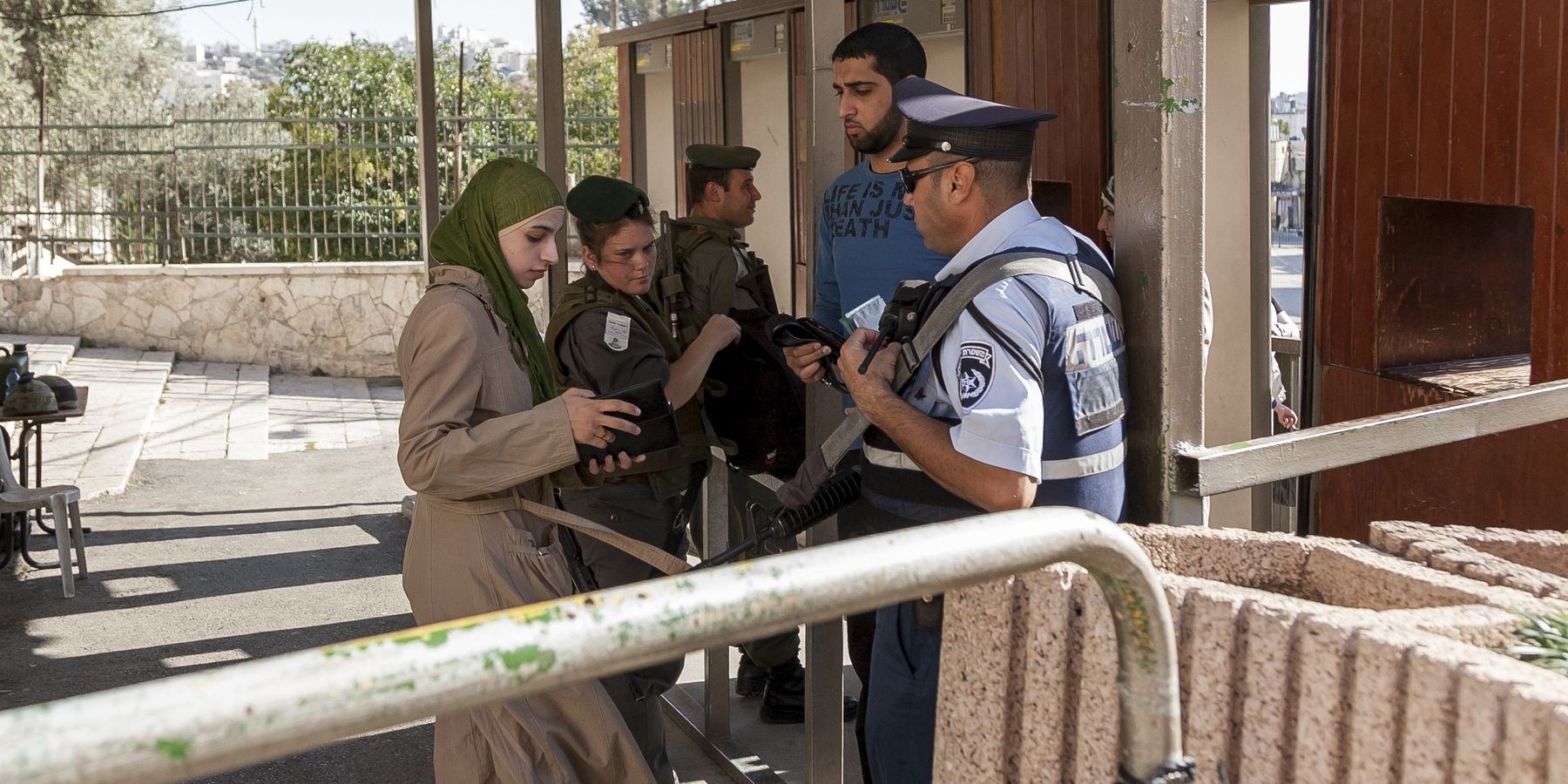For the first time, a U.S. president has dispensed with even the pretense of supporting a two-state solution.
President Trump’s latest remarks — proposing the forced displacement of Palestinians to Jordan, Egypt, and other Arab nations — should not just be noted as another inflammatory statement. They are the final nail in the coffin of a policy Washington has long claimed to uphold. His words make clear the two-state solution is dead, and Palestinian displacement isn’t a byproduct of American policy — it’s the goal.
President Trump’s comments came as he welcomed Prime Minister Benjamin Netanyahu as the first foreign visitor to the U.S. in his second term. White House Press Secretary Karoline Leavitt and national security advisor Mike Waltz characterized Trump’s remarks as an example of his "creativity" and willingness to break from past approaches.
At the press conference held with the Prime Minister, the President was asked, “You just said that you think all the Palestinians should be relocated to other countries. Does that mean that you do not support the two-state solution?” To which the President responded, “It doesn't mean anything about a two-state or a one-state or any other state. It means that we want to have — we want to give people a chance at life. They have never had a chance at life because the Gaza Strip has been a hellhole for people living there. It's been horrible. Hamas has made it so bad, so bad, so dangerous, so unfair to people… And I have to stress, this is not for Israel, this is for everybody in the Middle East -- Arabs, Muslims -- this is for everybody.”
His avoidance of answering the question speaks volumes.
The comments on the forced displacement of Palestinians from Gaza have rightly sparked shock and outrage for their blatant endorsement of ethnic cleansing, even as they are now being walked back and reframed as a mere humanitarian proposal.
What’s been lost in the coverage of Trump’s remarks is the deeper shift it signals: his proposal to occupy Gaza — whether permanently or not remains unclear — and relocate two million people to Egypt and Jordan isn’t just logistically impossible; it’s a declaration that Palestinian displacement is the goal, not the consequence, of U.S. policy.
The insanity of “doing the same thing over and over and expecting different results” remains in the way policymakers and pundits still pound the table, insisting that a two-state solution remains the official U.S. position — even as every action taken by successive administrations undermines that very possibility. Decades of unconditional military aid, diplomatic cover for settlement expansion, and willful disregard for Palestinian sovereignty have made clear that "two states" was never an actual policy — only a talking point meant to delay accountability.
If nothing else, President Trump’s bluntness should force an overdue reckoning. If the two-state solution is dead — and by all practical measures, it is, then what comes next? The only path forward is the one that dares to address the reality on the ground: a one-state solution, an end to occupation, and equal rights and freedom for Palestinians. Anything else is just more of the same — and we already know how that ends.
- Trump can't 'clean out' Gaza without destabilizing entire region ›
- Trump shocks supporters with US 'own' and 'rebuild' Gaza plan ›
















